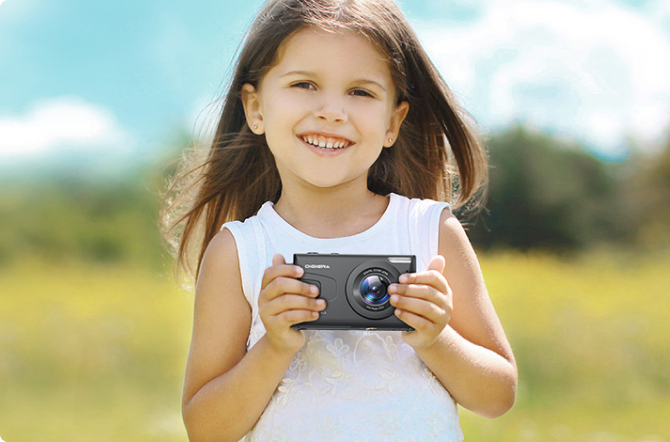
USB-Cケーブル1本で充電とデータ転送が可能、カードリーダー不要。 フル充電は約90分で完了し、最大70分間の4K連続録画をサポート。 いつでもどこでも、アクションの瞬間を逃さず撮影できます。
Type-C USB
画像転送
70分間
動画撮影
90分間
フル充電
Discount Already Applied – Save Up to 50% Instantly!


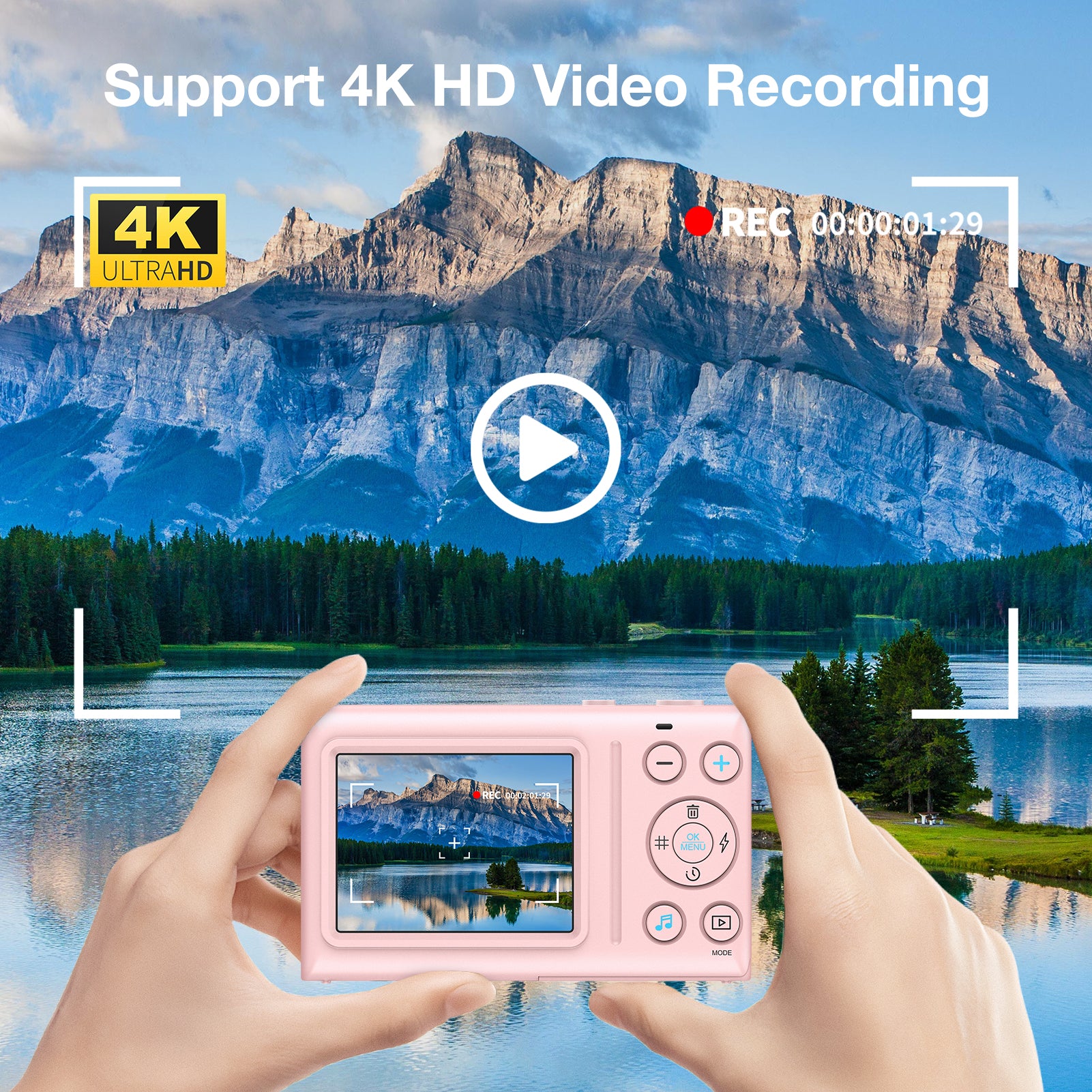
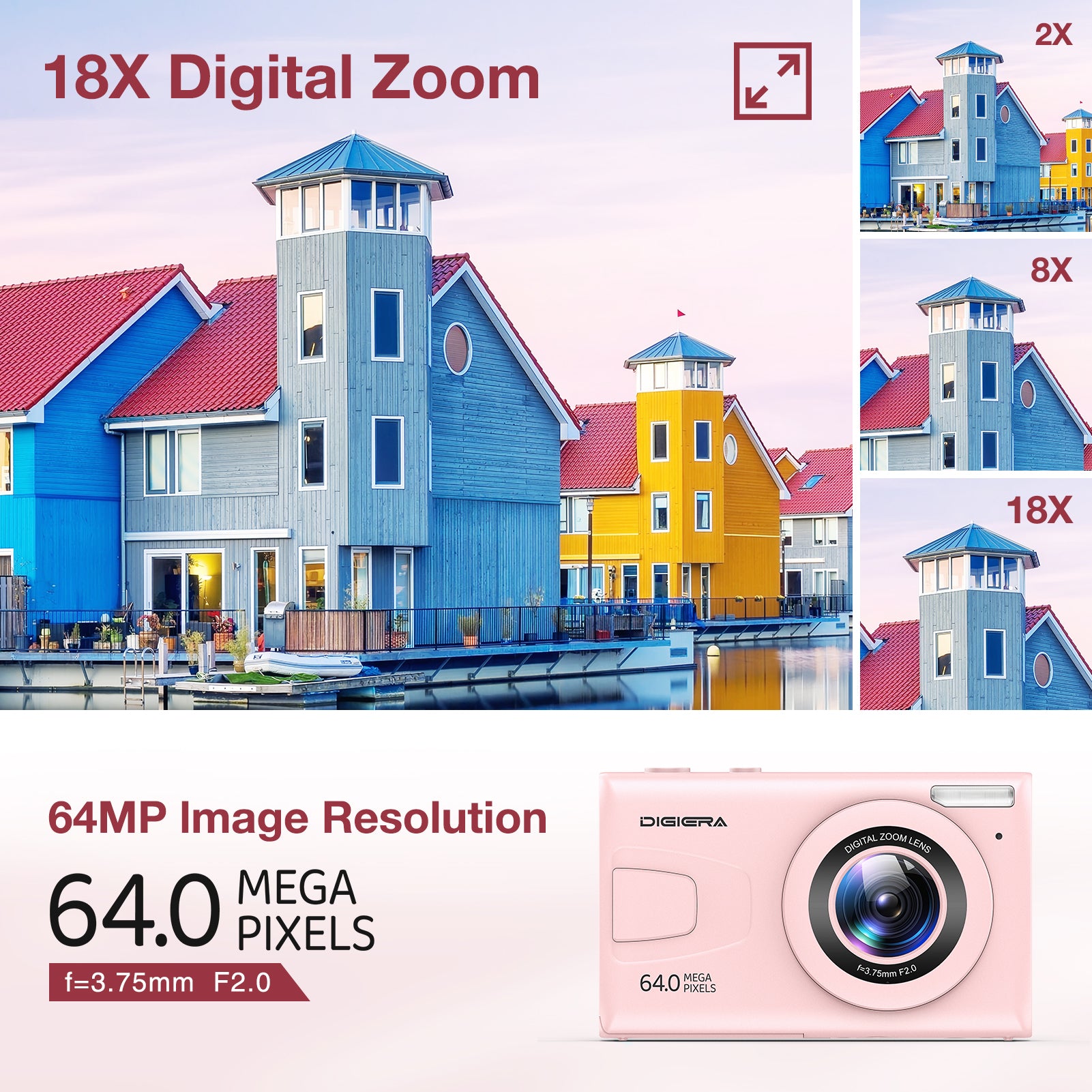
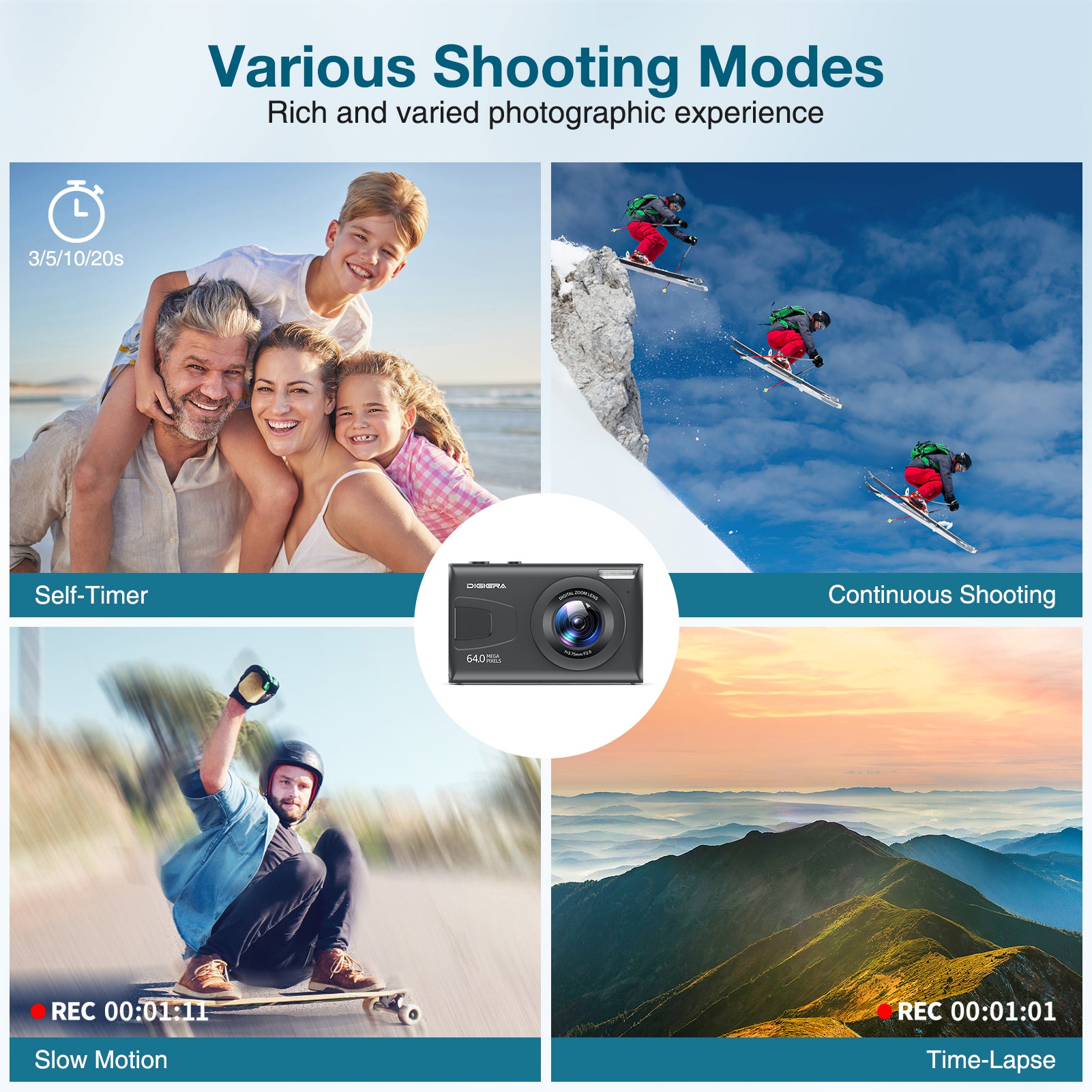

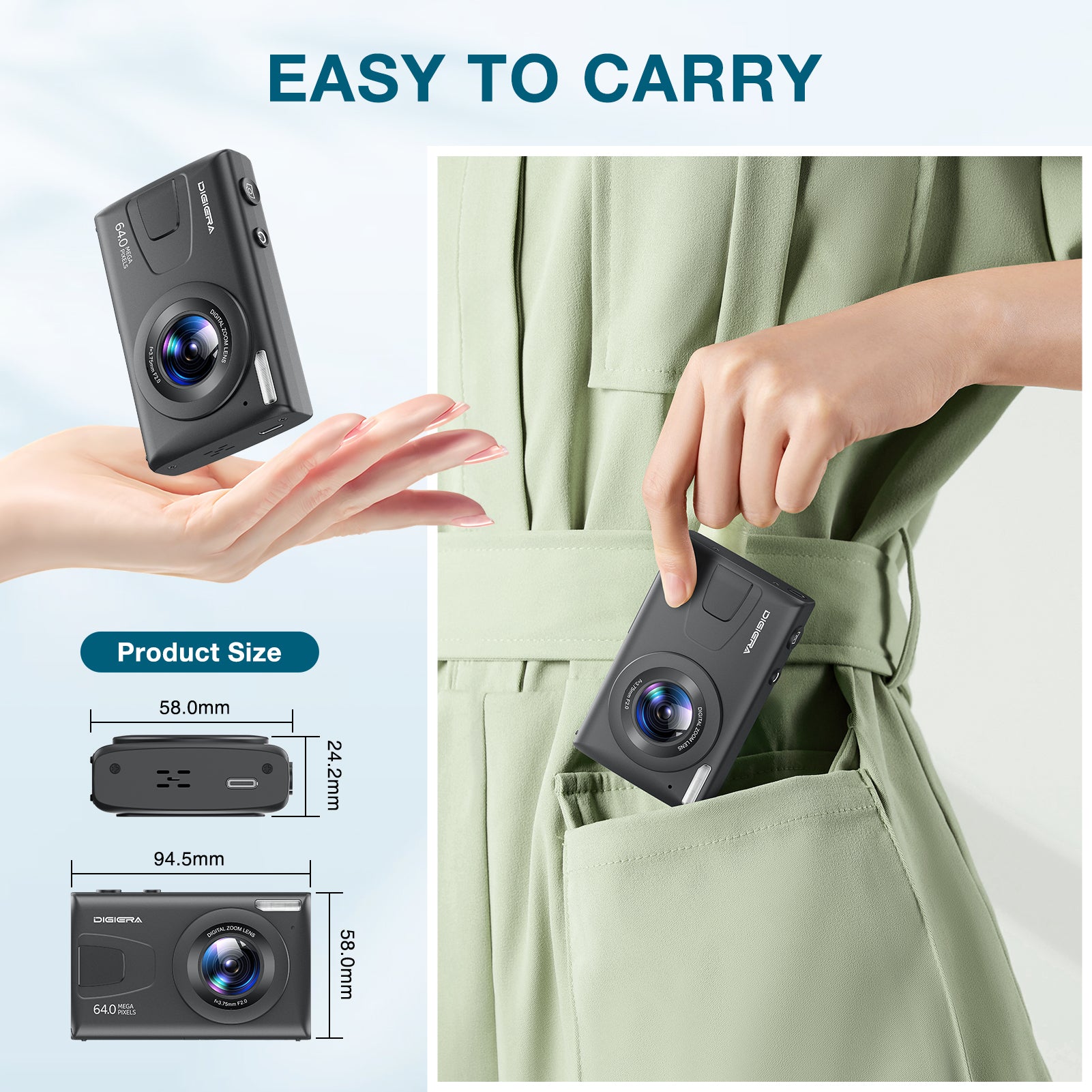


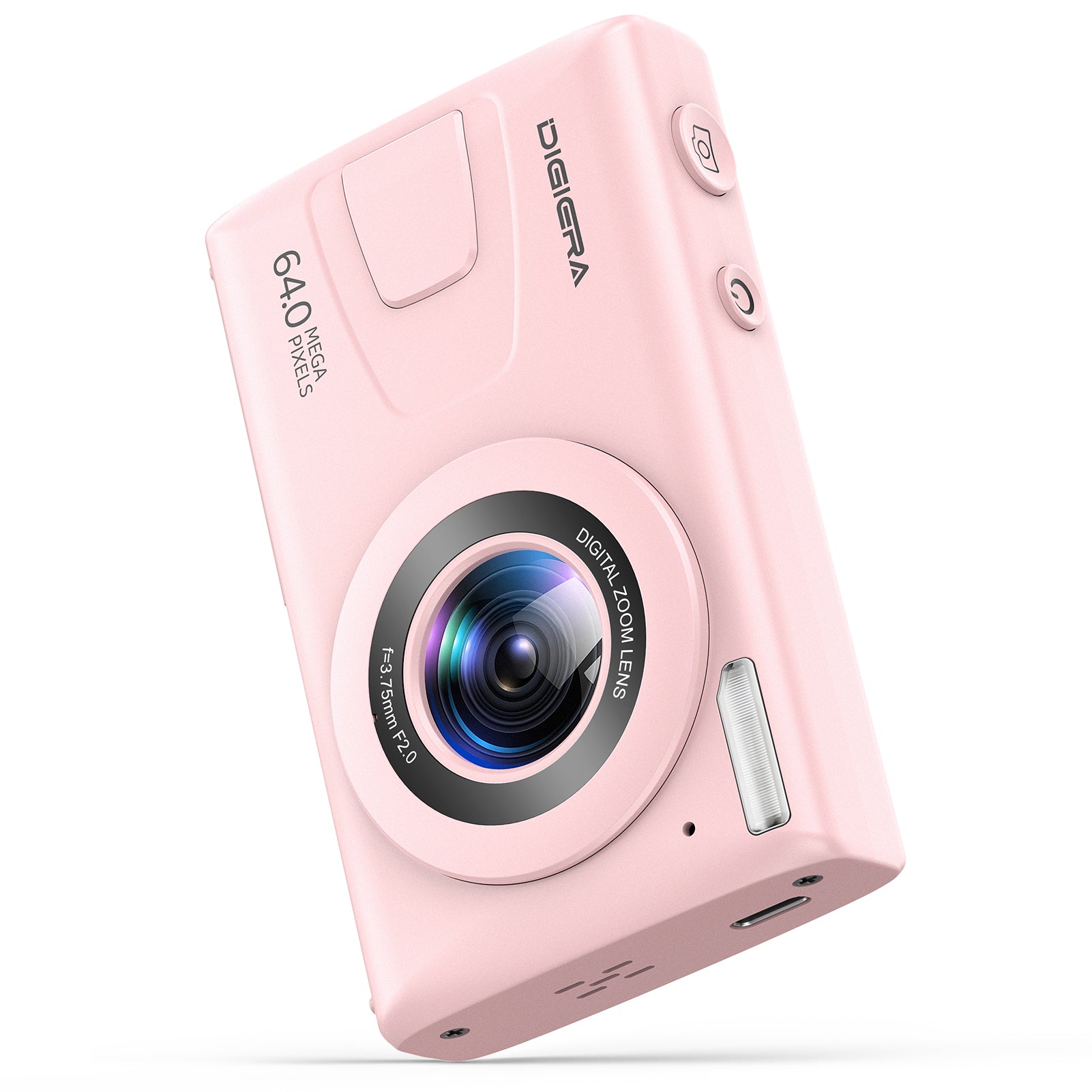
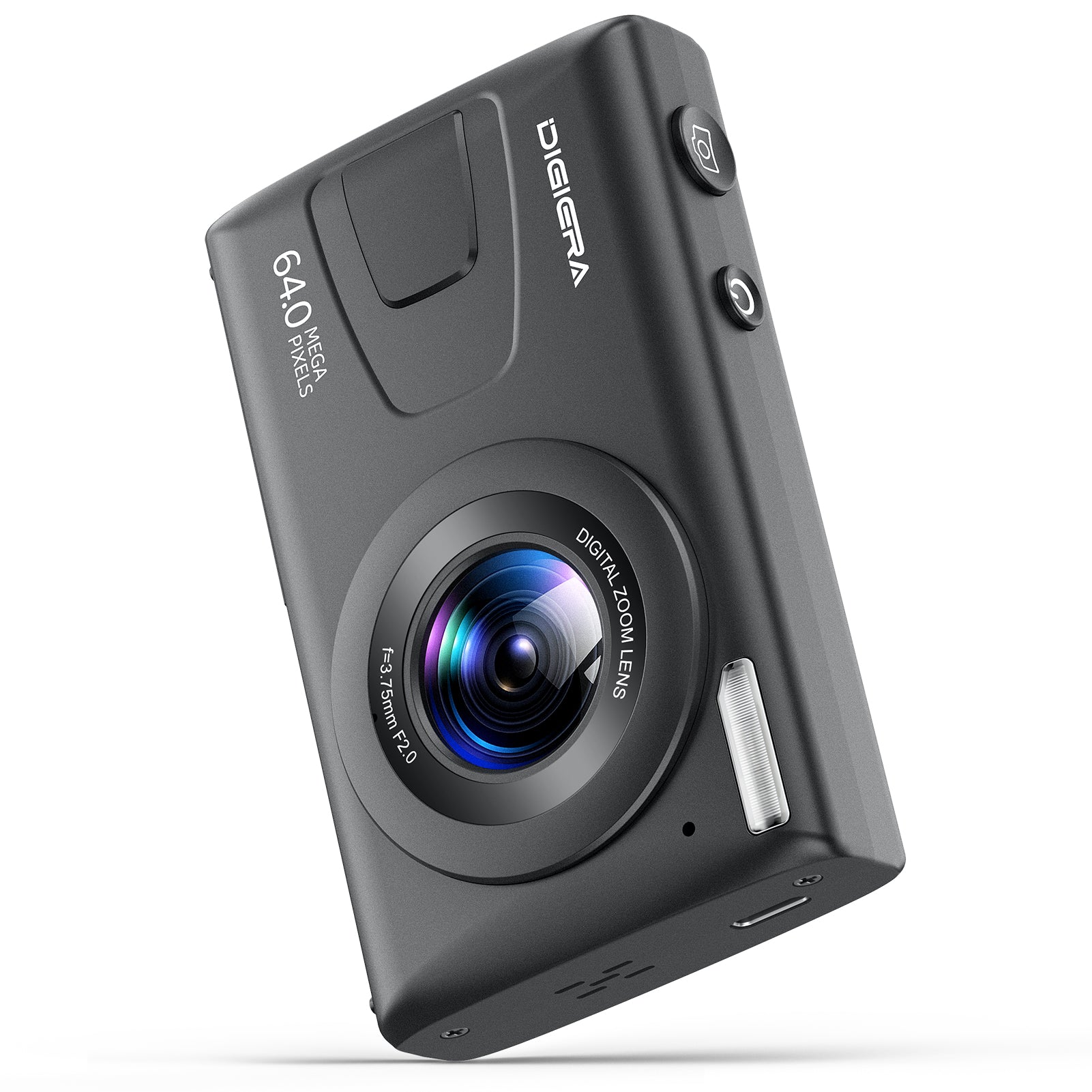


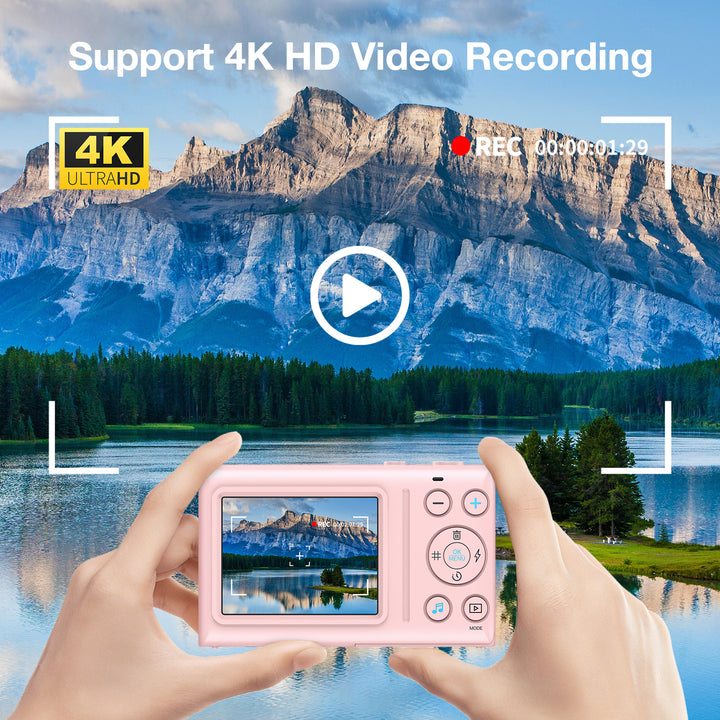
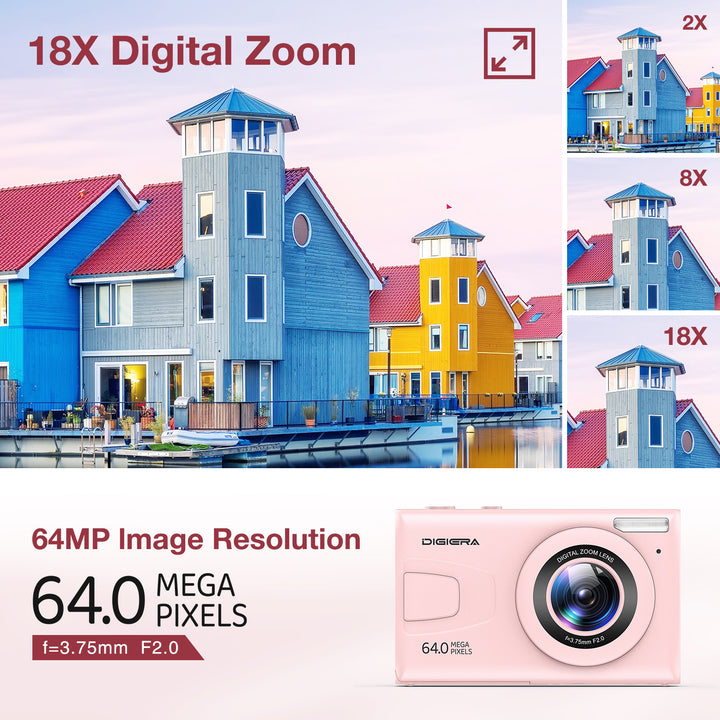


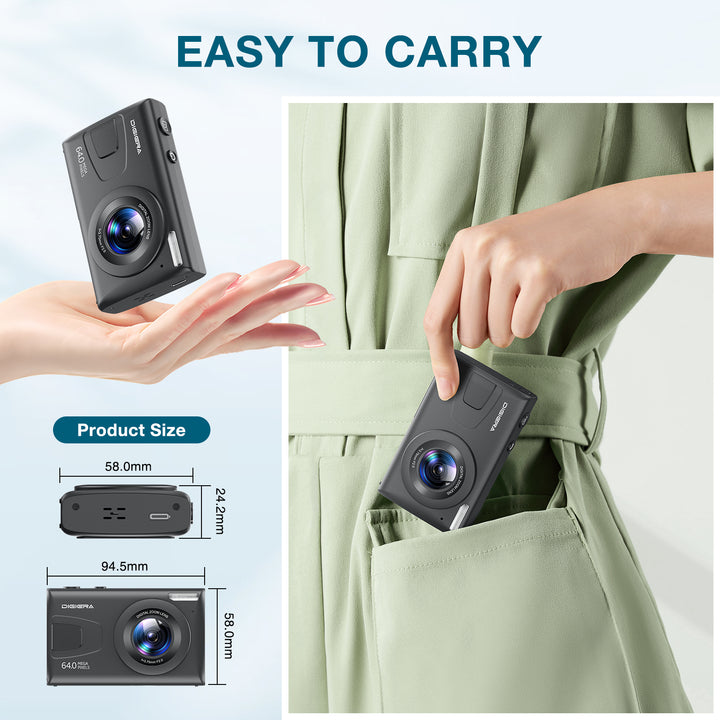

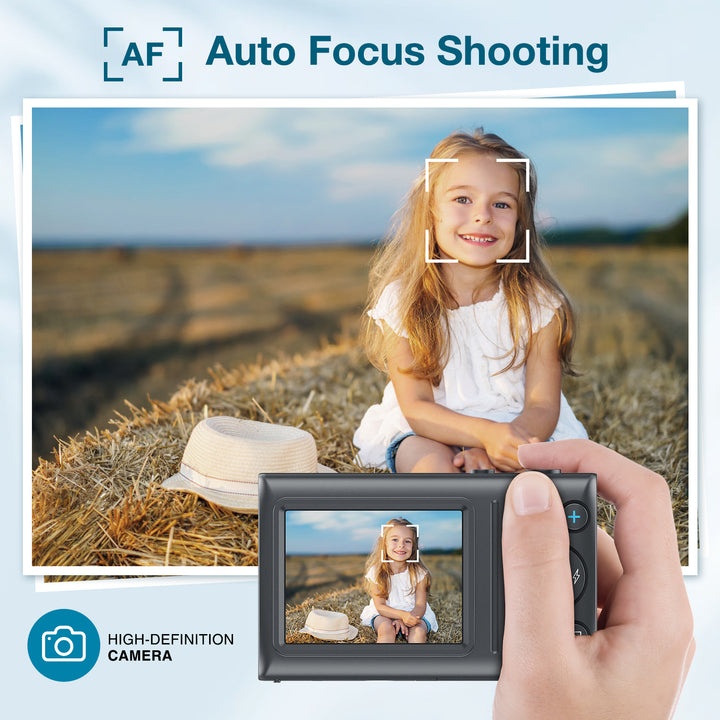

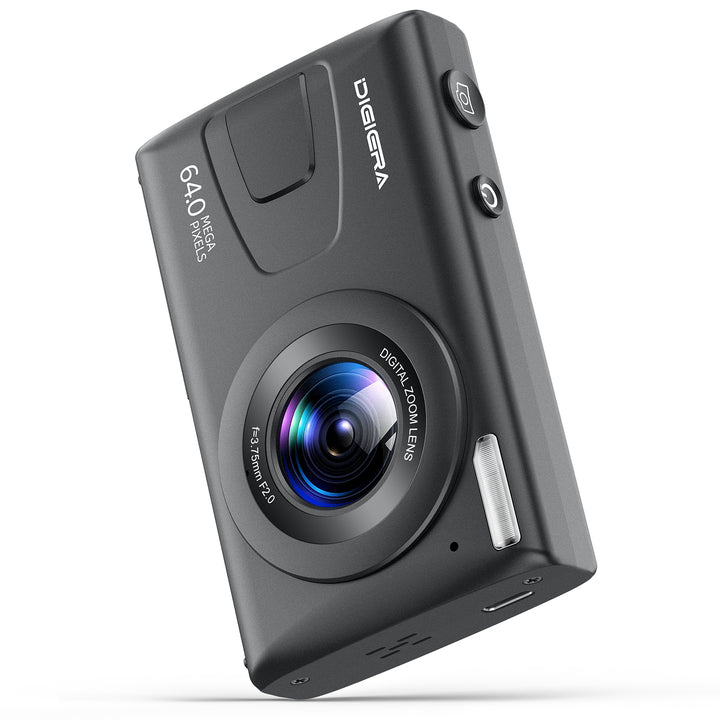

USB-Cケーブル1本で充電とデータ転送が可能、カードリーダー不要。 フル充電は約90分で完了し、最大70分間の4K連続録画をサポート。 いつでもどこでも、アクションの瞬間を逃さず撮影できます。
Type-C USB
画像転送
70分間
動画撮影
90分間
フル充電
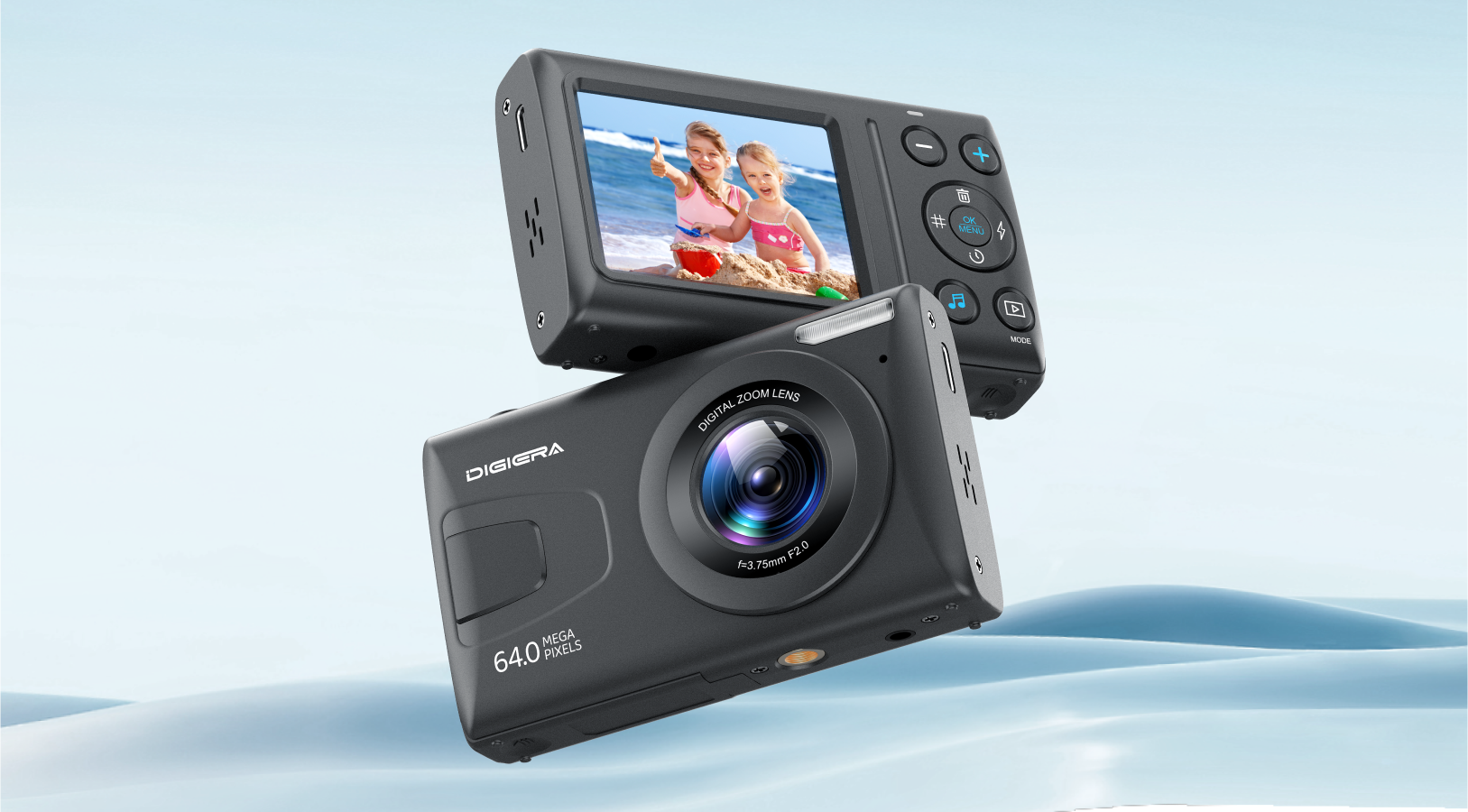
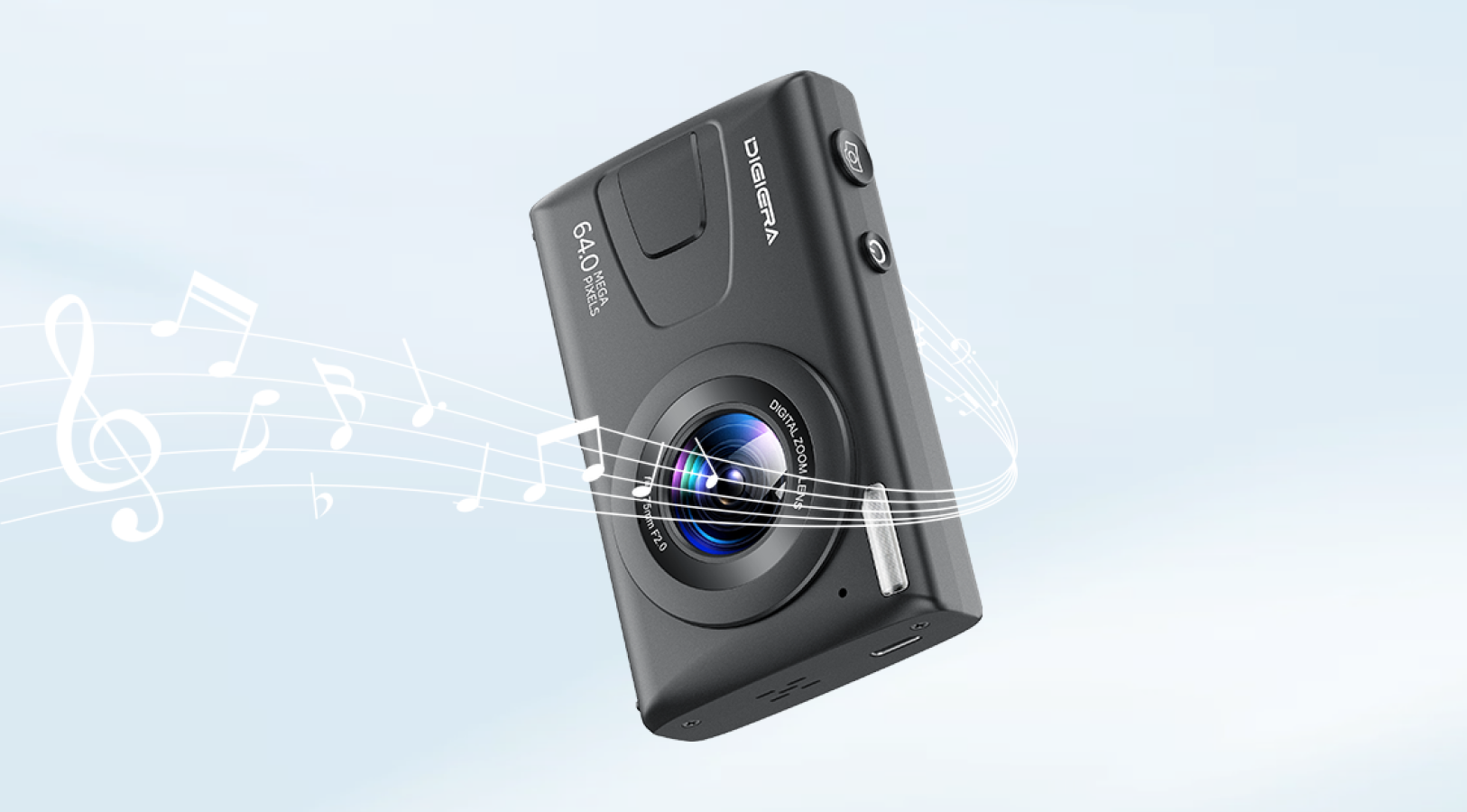
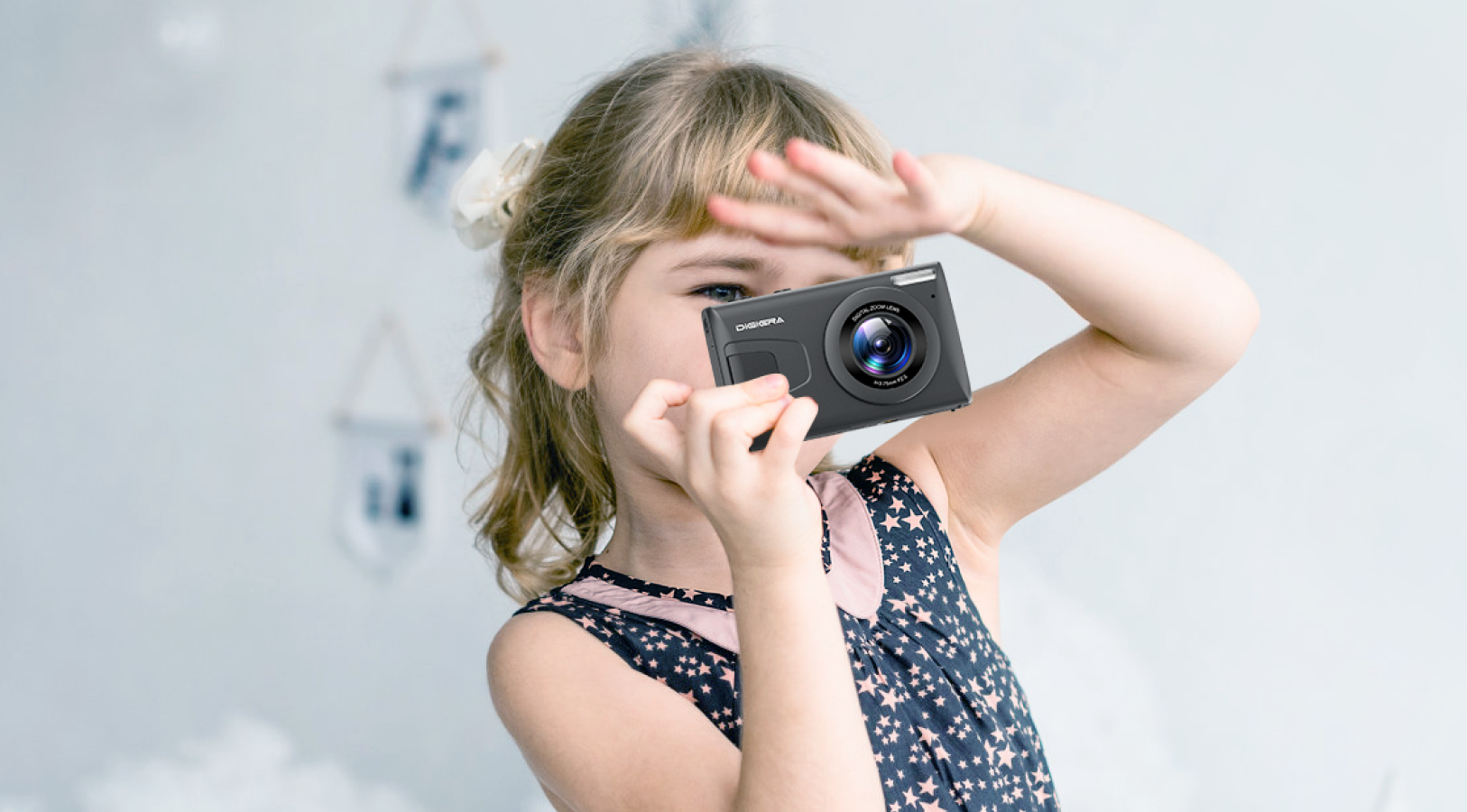
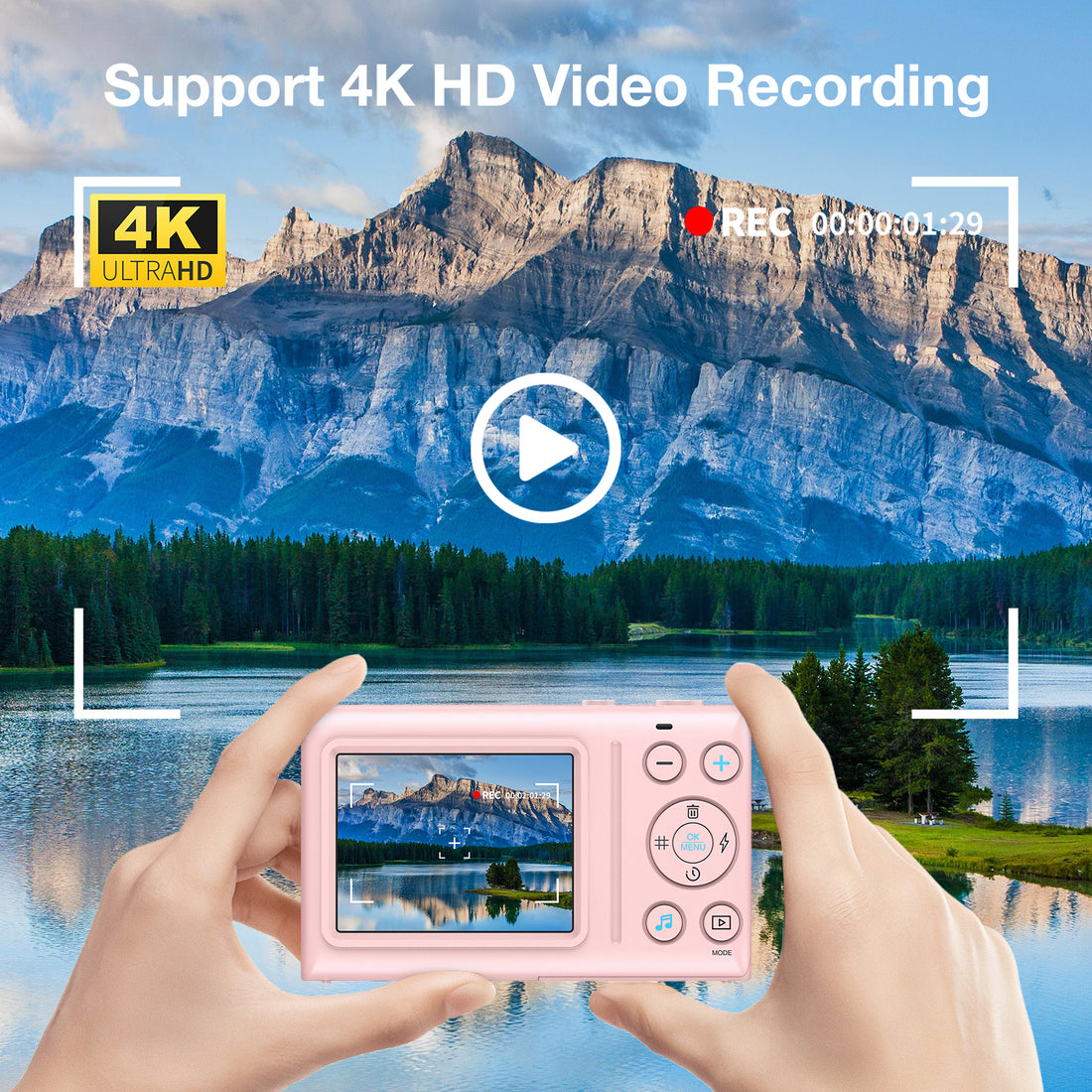
Yes—4K UHD (3840×2160) delivers about 4× the resolution of 1080p for noticeably sharper, more detailed footage.
· Sharper detail for YouTube, vlogging, travel videos, and playback on 4K TVs/monitors.
· Flexible editing: crop, reframe, stabilize, or downsample to very clean 1080p with less aliasing/noise.
· Future-proof capture as 4K displays become standard.
Tip: Use a fast U3/V30 (or faster) card and expose properly to see the benefits.
A 4K digital camera records video at Ultra High Definition—typically 3840×2160 (UHD) or 4096×2160 (DCI 4K).
· Higher pixel count preserves fine textures and small text.
· Better downsampling to high-quality 1080p deliverables.
· More editing latitude for reframing and digital stabilization.
“Best” depends on budget and use case—evaluate these factors:
· Autofocus and stabilization (AF tracking, IBIS) for run-and-gun/vlogging.
· Low-light performance (sensor size, lens aperture, processing).
· Codec/bit-depth/bitrate (e.g., 10-bit, 4:2:2, log profiles) for color grading.
· Thermal management and battery life for long takes.
· I/O and connectivity (USB-C, mic/headphone jacks, clean HDMI).
· Size/weight/ergonomics for travel and daily carry.
It depends on priorities.
· 4K advantages: higher resolution, sharper detail, stronger crop/reframe options, cleaner downsampled 1080p, more future-proof.
· 1080p advantages: smaller files, lighter editing on modest computers, longer record times per card, faster uploads.
Choose 4K if image quality and post-flexibility matter most; choose 1080p if you prioritize tiny files and a very simple workflow.
· Larger files and faster media requirements; needs high-speed cards (U3/V30 or better) and more storage.
· Heavier editing load; may require proxies/optimized media on older computers.
· Shorter battery life and potential heat buildup in long recordings.
· Longer upload and backup times due to bigger files.
· Low-light isn’t automatically better; sensor, lens, and processing matter more.
Mitigations: use efficient codecs, ample storage, spare batteries, good ventilation, and balanced record settings for your workflow.